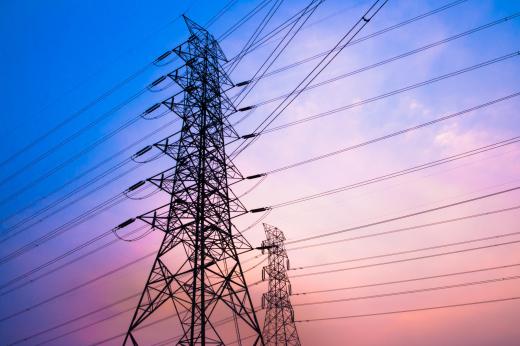Power dips are temporary fluctuations in the voltage of an electric system. They occur most frequently in home electrical systems, and are typically triggered by the presence of a substantial increase in load on the circuit. Under ordinary circumstances, power dips are not a threat to most appliances and other electronic devices; however, they can affect particularly sensitive pieces of electrical equipment. Potential damage from changes in voltage can be minimized by a using an uninterruptable power supply.
One of the most common situations in which power dips occur is when an individual adds a high-current electric item to an already loaded circuit. By plugging in and running a device like a microwave or hair dryer, the added stress on the circuit results in a temporary dip in the amount of available power. As a result, the lights in the house may dim, devices on the same circuit may stutter momentarily, or other temporary electrical phenomenon may occur.

Under normal conditions, the symptoms caused by power dips should not last more than a few seconds, after which the circuit should become used to the additional demands placed upon it by the high-current device. This will typically have no adverse effect on most electrical items, such as lights, refrigerators, stoves, and other appliances. More sensitive devices like computers — especially high-powered computers, mainframes, and servers — can potentially suffer as a result of power dips, however. The momentary lapse in power could potentially cause the system to crash, force the computer to reboot, interrupt a computer network, and potentially trigger some data loss in active programs.
The easiest way for a person to prevent power dips from affecting sensitive electronic devices is to use an uninterruptable power supply (UPS). A UPS is designed to absorb fluctuations in the amount of available current on a line, providing the device to which it is connected with a steady, unbroken flow of electricity. Any computer that contains important business or personal data, or which performs critical functions that could be disrupted by a power dip, can benefit greatly from being attached to a UPS as a precaution against potential damage to the hardware or the information stored on the computer.
